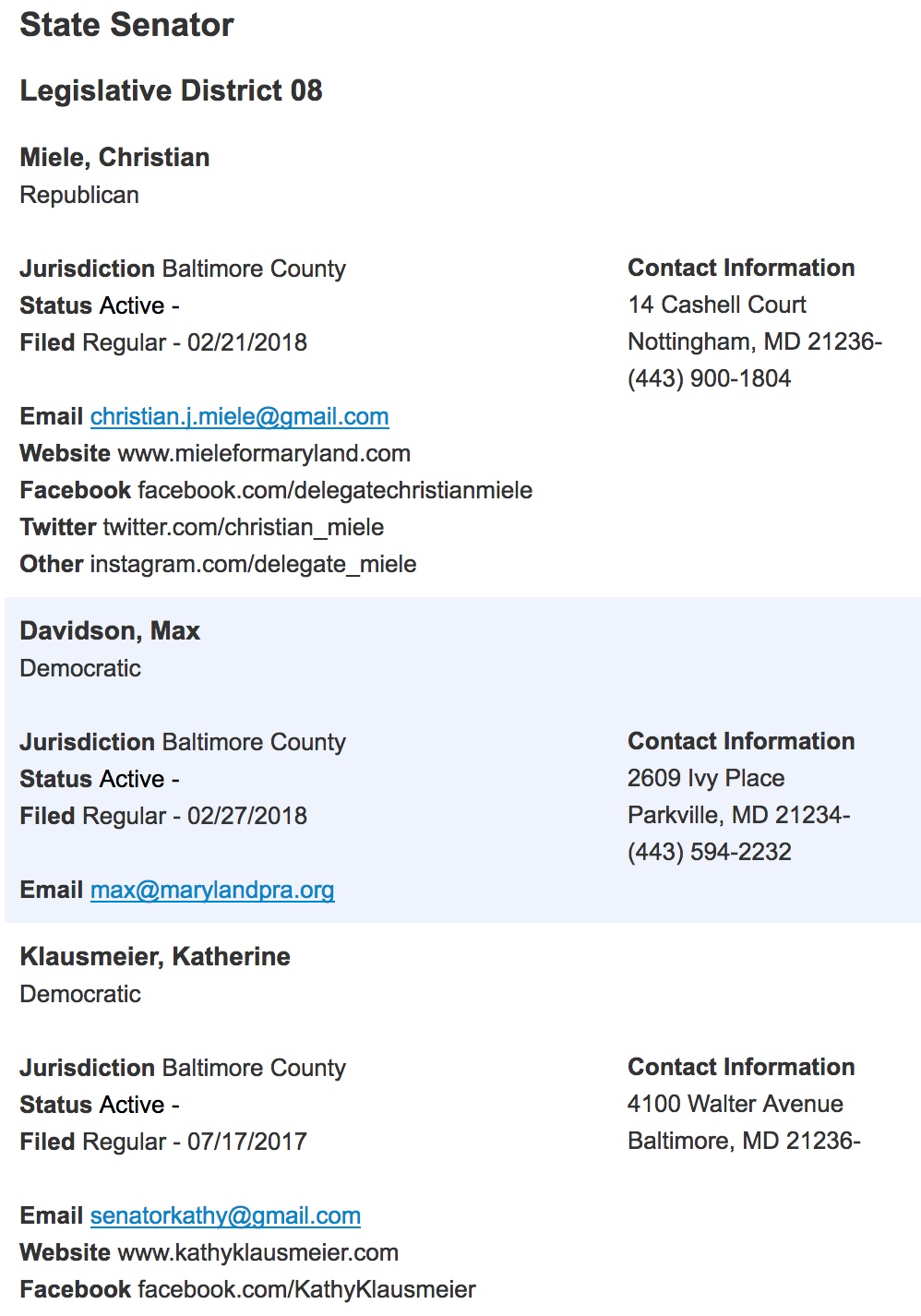In the wake of a federal court granting an injunction against the new map for Baltimore County Council districts due to likely Voting Rights Act violations, Maryland Matters reports that Baltimore County has submitted a new map to the federal court.
The new map still contains only one majority Black district (District 4). However, District 2 has been altered to increase its Black population from 29.6% to 41.2%. Whites no longer form a majority but still are a plurality of 45.8% in the new version of District 2.
Despite Whites outnumbering Blacks in the new District 2, it may satisfy the requirements of Section 2 of the Voting Rights Act and provide Black voters a meaningful opportunity to elect the candidate of their choice. The federal court will have to assess whether that’s the case.
As Blacks tend to participate at a higher rate than Whites in Democratic primaries, Blacks may form a majority in the Democratic primary despite being only 41.2% of the population. If the Black-preferred candidate receives sufficiently high Black support (or additionally gains enough non-Black support), the candidate can win the primary.
In the general election, the Black-preferred Democratic nominee can win as long as enough Black voters support the candidate and sufficient numbers of non-Black, mostly White, voters also vote for the candidate. If enough Whites vote as a bloc for the Republican, the Black candidate could still lose, particularly if White turnout exceeds Black turnout.
These questions about voting behavior are not matters of pure speculation but can be examined. However, the plaintiffs in the lawsuit complained in a brief filed yesterday that Baltimore County had, as of the evening of March 7th, “withheld the data necessary to assess whether the map complies with the Court’s order.” (See the brief embedded below or click on this link.)
Baltimore County should provide the analyses needed to assess the ability to elect in order to show compliance with the court’s order. They should also make available the data to the plaintiffs so that they can conduct their own separate analyses, especially since the answers to these questions are not clear.










